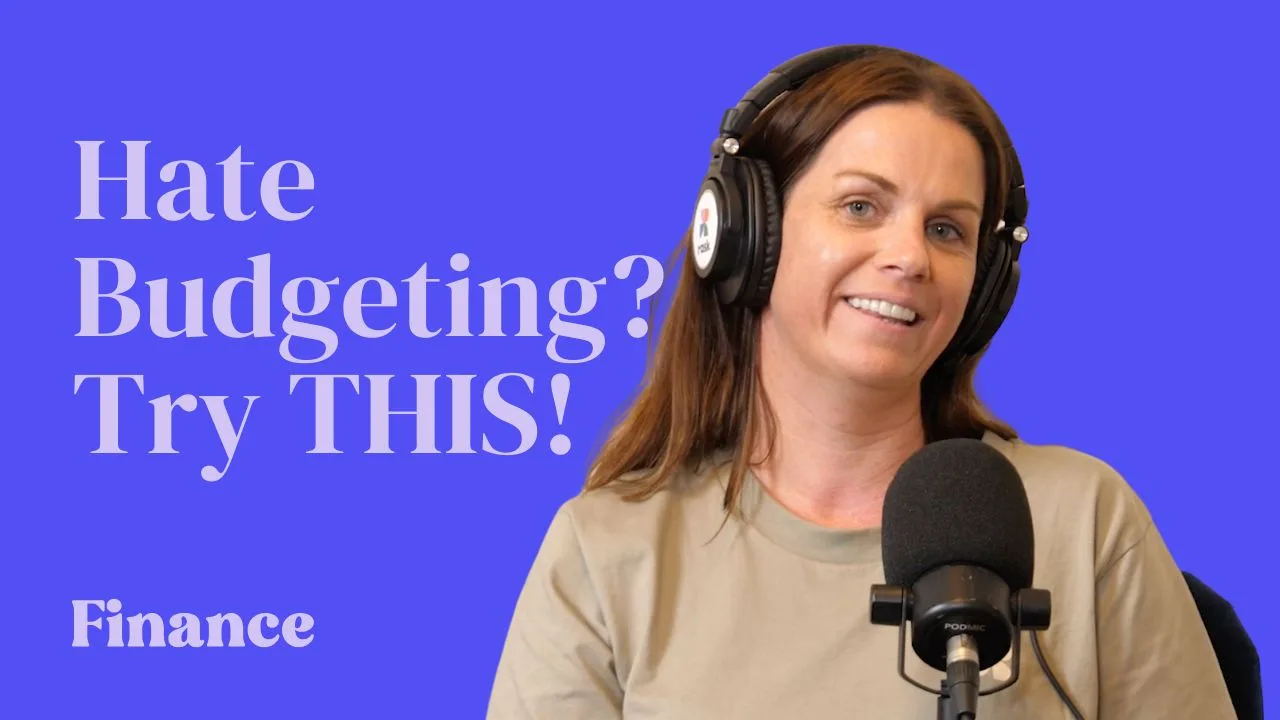It might surprise you to hear that an independent financial adviser like me has no expertise on the topic of coronavirus, but I don’t. I’ll leave that to the scientists and medical professionals.
What I do know, however, are the benefits of compound interest.
Ever since I was first mesmerised by it in year nine maths I’ve told anyone, who will listen, about the power of compound interest.
Buffett’s Exponential Growth
Compound interest is an example of “exponential growth”, which means that the new amount added to the total is bigger than the previous amount added to the total. It’s not that exciting in the earlier years but as you go along the results can be staggering.
Warren Buffett has benefited from this financially more so than just about any other person in the world. He didn’t inherit a fortune, nor did he get stupidly rich quickly, from a young age by borrowing money or starting a business. He just kept on investing, well.
Warren Buffett is 89 years old and has a net worth of around USD$77billion (would be significantly more if he hadn’t begun donating portions of his fortune already). In 1960 at the age of 30, he became a millionaire.
In 1982 (age 52) when Forbes published its first rich list, he had a net worth of $250 million. Three years later in 1985 (age 55), he became a billionaire.
We’re lucky he didn’t retire at this age, as many would, because we may never have heard of him. It’s important to note that Buffett made 98.7% of his wealth after his 55th birthday.
Meaning, it took him around 29 years to make his first billion and less than 35 to make his next 76 billion. This isn’t because he had better investment returns, in fact, they were far more impressive in his earlier years, this is compound interest working its magic.
So, what’s your point with coronavirus?
The magical principle of compound interest can work against us.
Just like Buffett’s wealth, for a time it might seem like the numbers aren’t that big and then as time goes on suddenly, they are.
This is because just like money creates more money, virus cases create more virus cases.
Outside of China, the first confirmed case was on January 20. It then reached 1,000 cases on 19 February, nearly one month later. Now less than a month after the first 1,000, there’s been around a further 44,000 cases with no signs of slowing down.
There are currently around 150 cases in Australia and hearing people dismiss it as a small number, generally coupled with a comparison to the seasonal flu *sigh*. Italy had around this number on the 23rd of February and just 3 weeks later have more than 12,000 with thousands of new cases added each day and no signs of slowing down.
Despite the negativity, there is some good news
Fortunately, the number of cases overtime is hugely sensitive to the growth rate.
We can limit the growth rate by being mindful of our number of interactions, as well as being mindful of our hygiene, to reduce the probability of spreading — as China and South Korea fortunately have.
Whilst acknowledging the economic and social costs, my biggest worry is that no one is worried and taking precautions where possible. Things got awkward the other day when I attempted an elbow bump into a handshake.
Back to Warren Buffett, if you’d invested $10,000 in his company (Berkshire Hathaway) in 1965 you would have achieved an annual growth rate of 20.3%. If you invested in the S&P500 index over this time you would have achieved an annual growth rate of 10%, just under half.
What’s the difference?
You might think that achieving less than half the percentage gains means less than half the capital at the end. Not quite.
The $10,000 in the S&P500 would today be worth $1,957,395.
Your investment in Berkshire Hathaway would be worth $273,726,233!
I’m usually working with my customers to maximise the growth rate, but this time we all need to take steps to reduce it as much as possible.





